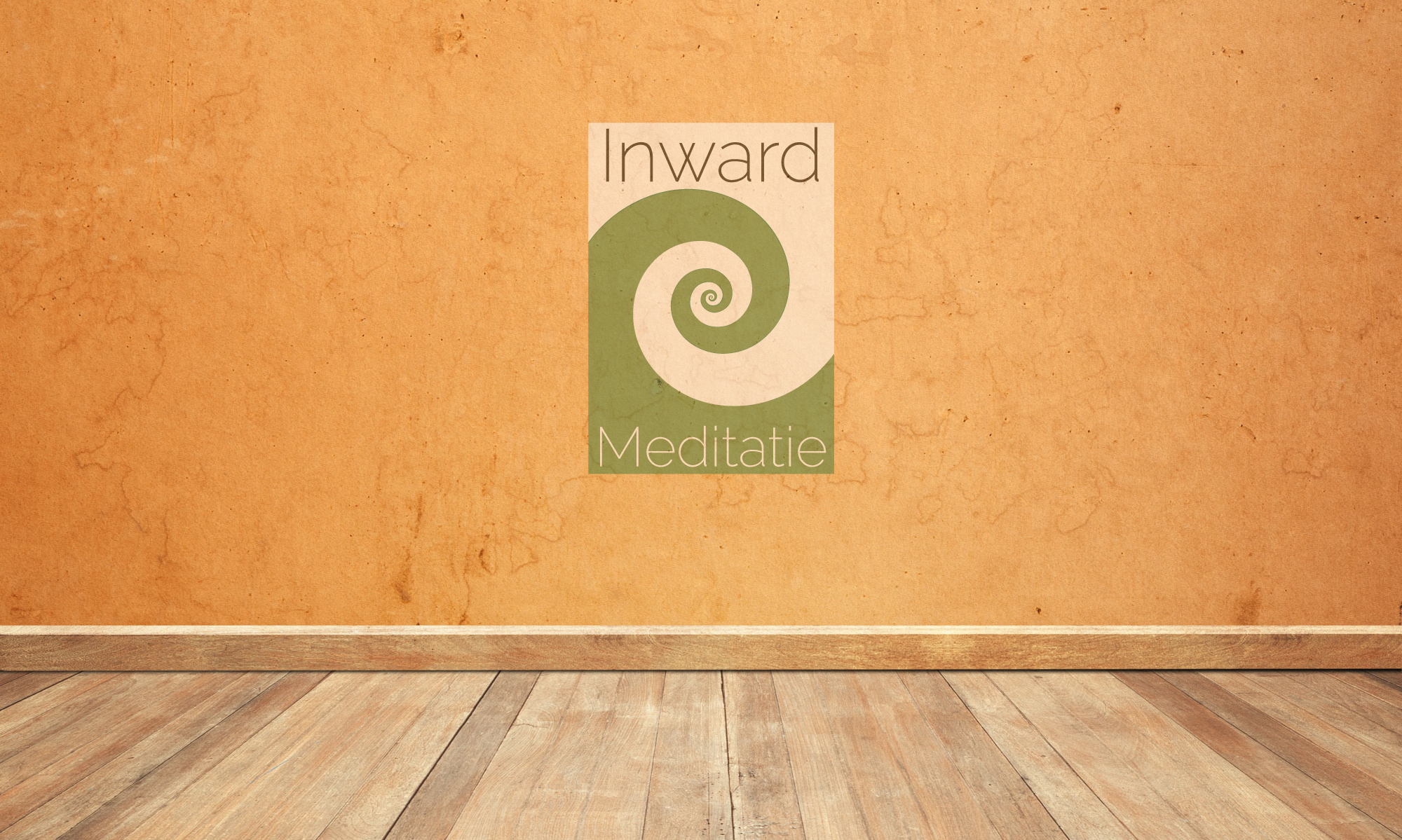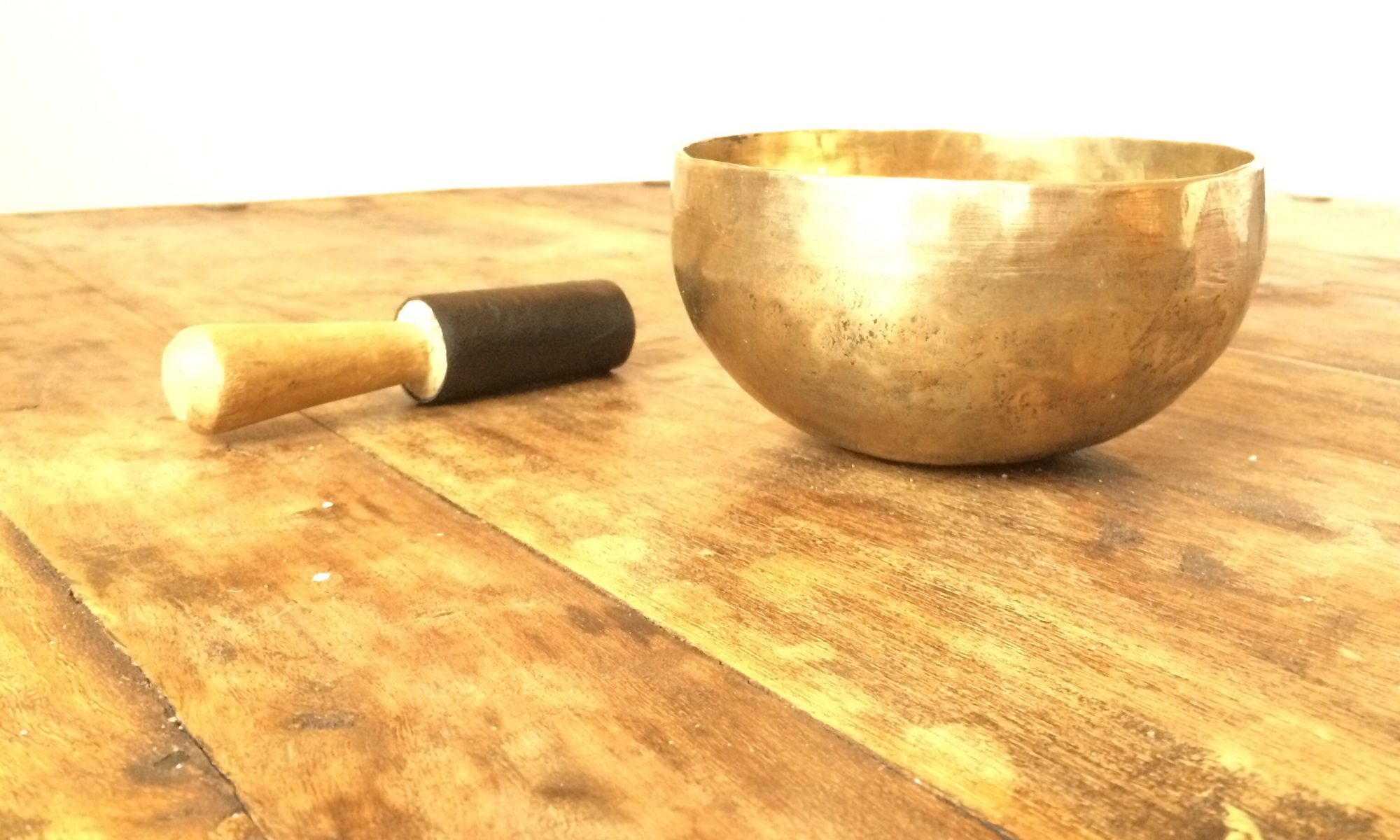In the South-East Asian Theravada tradition, vipassanā meditation opens the practitioner up to “reality as it truly is”. Reality thus experienced is impermanent and changing from moment to moment. Treating reality any differently – as if it were stable – generates suffering, or dukkha. Investigating this dukkha yields the insight that cherished identities are mere fabrications of the mind.
Naturally, we’re not used to thinking about reality this way. We’re not used to seeing reality as impermanent and forever changing. Rather, we do just the opposite. We consolidate disparate elements of our experience to forge an artificial sense of stability. Doing so allows us to manipulate the world, to get from it what we need or desire. We do this in order to survive, to obtain comfort, wealth or even dominance over our social environment.
Culture as an aggregate of suffering
One can view the phenomenon of culture through this lens: as an outcome of this very process of artificial stabilisation, aggregated over multiple individuals. Culture, in this sense, can be seen as an aggregate of dukkha.
Most people are embedded in social structures that have their own axioms, ethics and ways to confer meaning. Many of these goals and rules are implicit and therefore hard to see. Growing up inside a complex culture, it can be difficult to challenge a culture’s most basic axioms or rules of ethics.
Nevertheless, a culture is continuously replenished by the priorities, goals and proclivities of its members. It generally is a bottom up process. Culture then is shaped and modified by its constituent members. When those members create artificial stability the culture they produce cannot be anything but an aggregate of dukkha.
Culture is operated through a more-or-less voluntary process of identification that takes place within an individual.
So, in a way, culture is a mechanism that locks people into suffering, except when culture is explicitly used to facilitate the undoing of our unhealthy mental habits, like in the vinaya – the code of ethics that is followed by buddhist monks and nuns.
Culture as a collective self-defense mechanism
Through another lens, culture can be seen as a collective self-defense mechanism that shields us from the terrifying truth of our eventual individual deaths. When you identify with a culture you become part of something bigger that lives on after your death. This makes it somewhat easier to remain indifferent to the fact that you too must some day die.
This process works in both directions. Not identifying with anything makes it harder to keep this existential dread at bay. Conversely, explicitly facing the terrifying unknown of your own future demise inoculates you against the vagaries of cultural excess.
Where culture gets especially pernicious is when it confers an identity that is craved, clung to, and whole-heartedly defended against outsiders. Yet, from a buddhist standpoint, the root of this process is to blame much more than any particular example of vigorous extremism. It is the cultural tree itself that is ill-considered and therefore inevitably leads to the excesses that we all gasp at in horror, hands outstretched
The objective of a dharma student (being careful not to make being a “dharma student” into too firm an identity) would be to examine not just the ways in which suffering is created on an individual level, but also how identifying with specific social personas keeps you from being free.
Theoretical discussion, right? So let’s try to make it more tangible.
In the wake of Islamic terrorist attacks, how angry do you get at people who display outward signs of religious identification? What does that say about your own political identification?
Let’s make one thing clear. Of course anger is allowed. Allowing or not allowing does not even figure into this discussion. Anger is a natural part of life and may spring from many sources, such as other emotions: loss, sadness, fear and anxiety.
It may also clue you in to a sense of violation, a feeling that your boundaries have been crossed somehow. This in turn can be related to an identity that you may have adopted, either consciously or subconsciously.
If, through thorough investigation, you realise that identification does play a certain role in the generation of anger, you now have a better understanding of the ways in which you create suffering for yourself.
How to stop creating cultural dukkha? Try to see each person as a mystery that is immensely more vast than any article of clothing, any sequence of words or actions that they could ever put together. Try to do this for everyone, every single person, be they close friends, relatives, perceived enemies or total strangers.
It is through seeing each person as a limitless vessel of potentialities that go so deep beyond the surface layer that that surface layer itself tends to disappear altogether that we can find freedom from this institutionalised form of dukkha.
Don’t confuse this way of contemplating reality with indifference. There may be some surface similarities between indifference and equanimity, but dive just a little deeper and you will find that whereas indifference is driven by a lack of caring, equanimity is in fact the most mature blossoming of love imaginable. Perhaps I’ll write a short article on that soon.
I’m not saying that obtaining this freedom is easy. Then again, what skill worth learning ever is?

